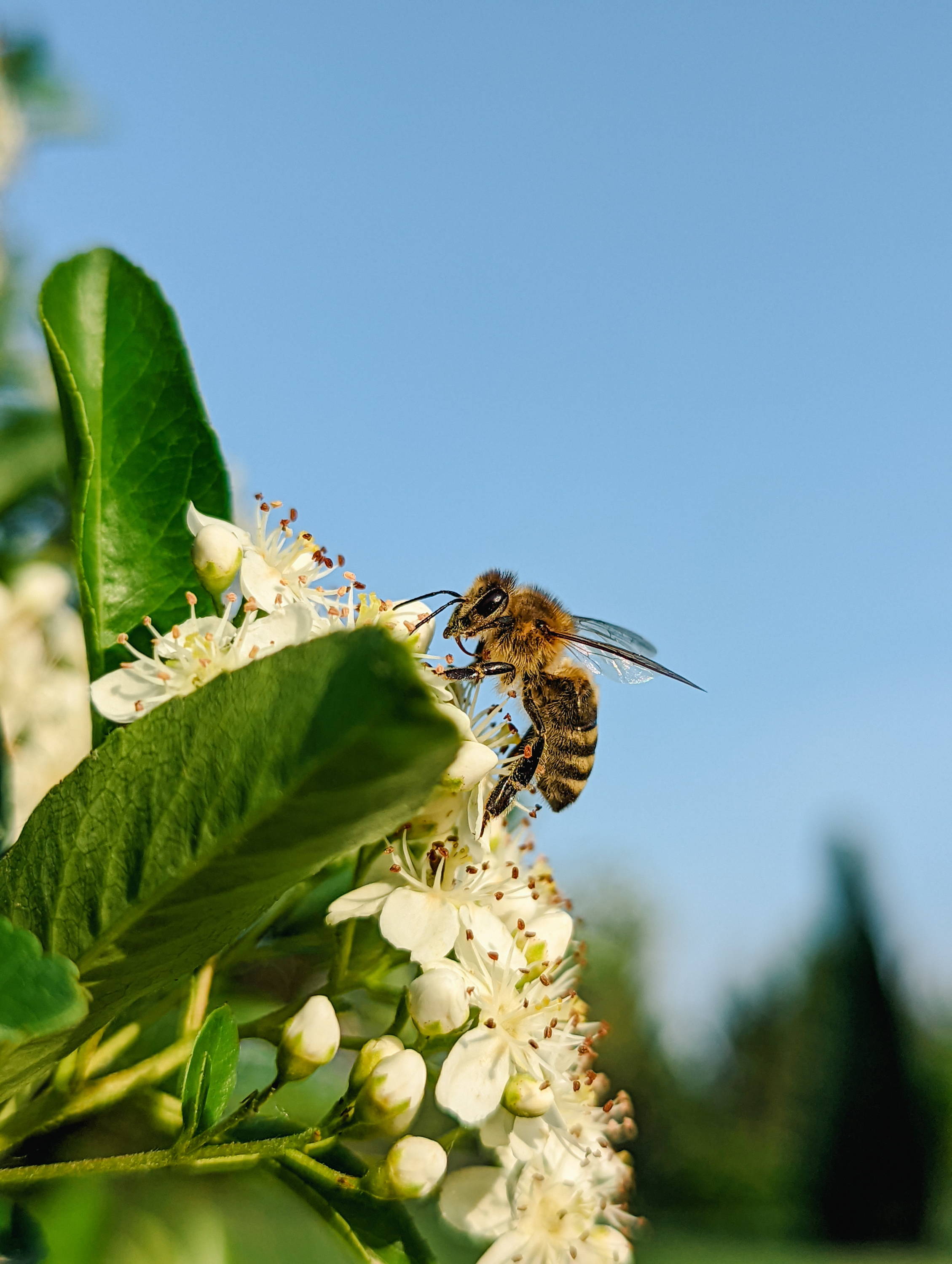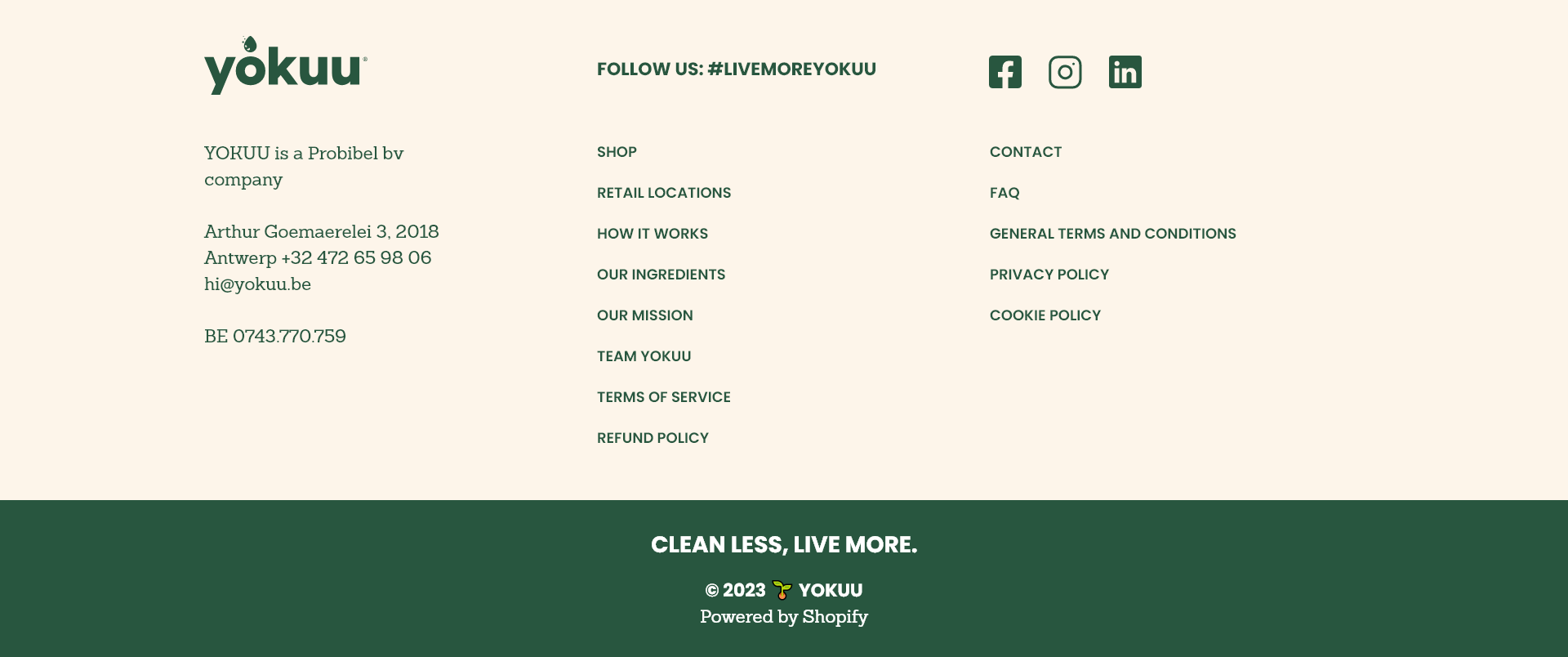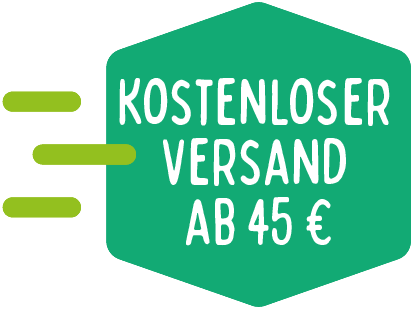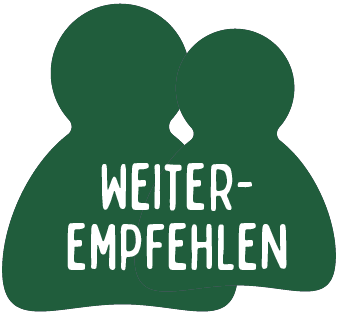All About Biodiversity
Why we're giving away seed bombs.
The interconnectedness of everything on the planet - from animals, plants, fungi and even bacteria (yes - the ones in your cleaning products!) - is what’s known as biodiversity. And it’s not just a ‘good to have’. Biodiversity is an essential characteristic of life that enables ecosystems to be productive, resilient and able to adapt to change.
But our planet’s biodiversity is under threat. Because of human activity, that fragile interconnectedness of species is at risk of changing for ever.

HOW IS BIODIVERSITY UNDER THREAT?
Unfortunately, Belgium, one of the most populous countries in Europe, has fewer natural areas than ever, and remaining ones are fragmented and under threat from development. Only 14% of the country is covered by forest, and 17% by agricultural land. Between 1970 and 2016, populations of common farmland birds declined by 44% according to European Environment Agency. This has a major impact on pollinators and other ecosystems that rely on native plants. In the UK, wildflower meadows have declined 97% since the 1930s, making it vital to take action to restore them.
WHAT WE CAN DO TO HELP
Although it will require large-scale mobalization, there are small actions we can take to increase biodiversity in our own communities!
1. Leave wild flowers, plants and animals where they are! Resist the temptation to pluck wildflowers - leave them be and help the pollinators.
2. Ditch pesticides and weed killers.
3. Take part in events like ‘No Mow May’ and ‘Maai Mei Niet’. Let your lawn go wild! Grass lawns are unnatural monocultures; by leaving grasses and native species to grow, you’re providing food and habitation to insect and animal species.
4. Plant native-flowers using seedbombs! Seedbombs are a simple and efficient way to restore wildflowers.
We’re giving away a seedbom with every order - so you can go on your own guerrilla-gardening mission!
HOW TO USE SEED YOUR SEEDBOMB
Seedbombs are small clumps of soil, clay and seeds. The seeds are well protected in the clay/soil mixture, and so they don’t need to be planted.
You can use them in plant pots, flower beds, wild patches, on your lawn - you name it.
1. Choose an area to plant your seed bomb, such as a garden, park, or roadside verge.
2. Throw, roll or place the seed bomb in the chosen area, making sure it lands on soil.
3. Water the area well, and wait for the seeds to grow! As soon as the bomb comes into contact with water it’ll slowly break apart, and the seeds will germinate.
By supporting biodiversity, we can help protect and preserve the natural world and ensure a sustainable future for ourselves and future generations. Whether you're planting a seed bomb or creating a wildlife-friendly garden, every little thing we do can make a difference.
Discover more
As seen in:

Free shipping from € 45
For Belgium, Netherlands,
Luxemburg & France
1% for the planet
We donate a portion of our earnings to non-profit organisations











